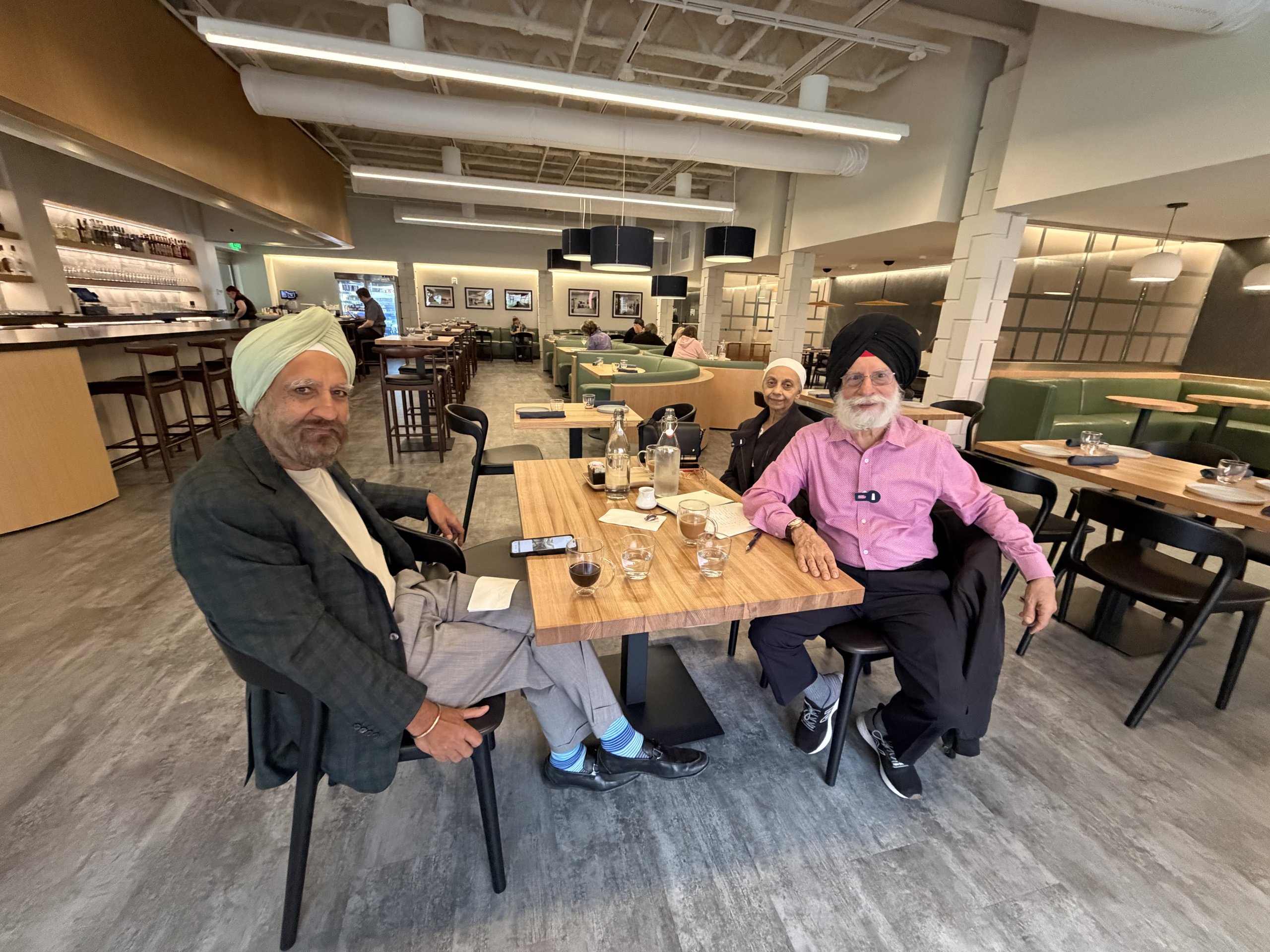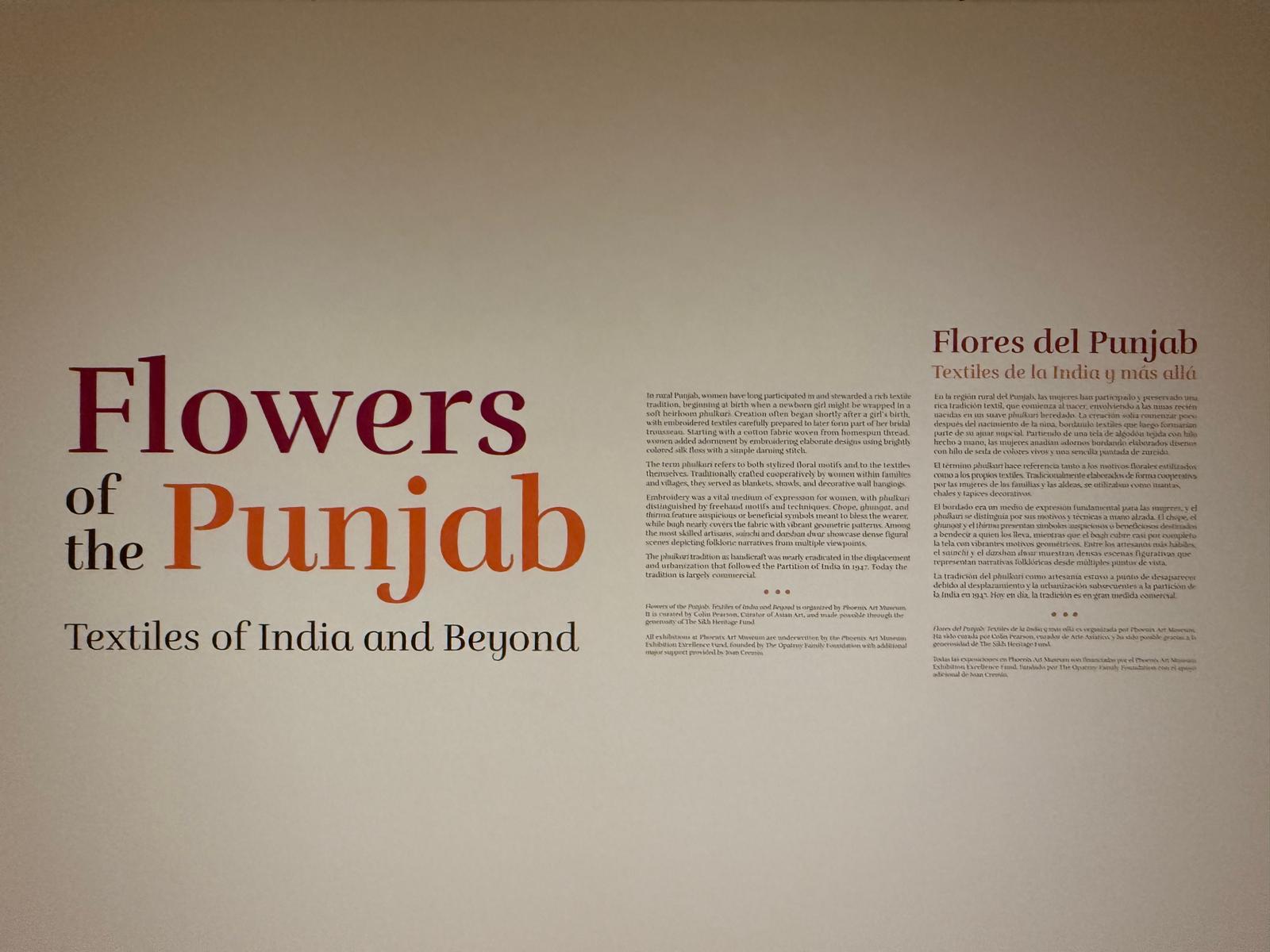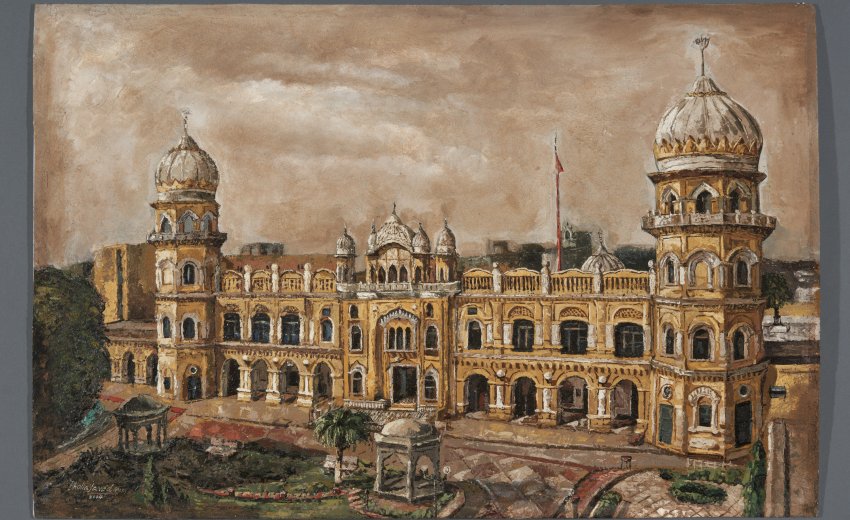Talk and Tour Highlights the Legacy of Khanuja Sikh Art Gallery in Phoenix

The Khanuja Sikh Art Gallery at the Phoenix Art Museum continues to shine as one of the most significant spaces in the United States dedicated exclusively to Sikh art. Located within the largest art museum in the American Southwest, the gallery welcomes nearly 300,000 visitors each year, offering a rare and meaningful introduction to Sikh history, culture, and artistic heritage.

The gallery—formally named The Dr. Darshan Singh and Ajit Kaur Khanuja and Mr. Jaswant Singh and Mohinder Kaur Sikh Art Gallery—opened in 2017 and stands as the second Sikh-focused gallery in the entire country. Its creation began when Dr. Parvinderjit Singh Khanuja, a medical professional with a lifelong interest in Sikh history, first shared his personal art collection with museum officials. What started with a few Sikh coins collected decades ago has grown into a major cultural contribution.

A Journey From Collector to Philanthropist
Dr. Khanuja’s path from personal collector to benefactor of a dedicated museum gallery reflects both passion and purpose. Guided by faith and the belief that Sikh stories deserve global visibility, the gallery has become a beacon of Sikh identity in the United States.
Rotating Exhibits Celebrating Sikh Heritage
The gallery is known for its thoughtfully curated rotating exhibits. Themes presented over the years include:
-
Virtue and Valor
-
World War I and the Sikhs
-
Guru Nanak—550 Years
-
Golden Temple
-
Chardi Kala
-
Princely States of Punjab
-
And Now, Phulkari
With 1,700 square feet dedicated entirely to Sikh art, visitors discover the depth and diversity of Sikh culture—often for the first time. Many visitors express surprise at the longstanding Sikh presence in the United States, which spans more than 130 years.
Chardi Kala Exhibit: A Powerful Experience
One of the most impactful exhibitions has been Chardi Kala (Rising Above Adversity). It featured displays on:
-
The martyrdom of Guru Tegh Bahadur Ji, whose 350th anniversary is marked this month
-
Char Sahibzadae
-
Bhagat Puran Singh
-
Events of 1984
-
The Farmers’ Movement
The exhibit delivered a strong emotional experience, highlighting resilience, sacrifice, and spiritual strength.
A Unique Favorite in the Collection
Among the many treasured pieces, one remarkable artwork stands out—a painting of Nankana Sahib, created by artist Bholla Javed. What makes this painting extraordinary is that 90–95% of it is composed of soil from Nankana Sahib, the birthplace of Guru Nanak Dev Ji. For viewers, it represents a rare and deeply meaningful connection to sacred heritage.
Phulkari Exhibit: Preserving a Vanishing Tradition
The newest exhibition, opened on September 24, 2025, showcases Phulkari—the traditional Punjabi textile art crafted by women for generations. Historically created in communal gatherings, phulkaris served as blankets, shawls, and wall hangings, while also representing family bonds and social connection.
The featured pieces, many over a century old, are part of the Khanuja Family Collection. This traditional art form is rapidly disappearing, making its preservation even more important.
Visitors can explore the exhibition, Flowers of the Punjab: Textiles of India, through the Phoenix Art Museum’s official website.



Looking Ahead: A Call for a Sikh Museum in the West
The gallery also sparks a larger vision: the establishment of a standalone Sikh Museum in the Western world. Such a project would require significant investment—
$75–150 million for development and
$35–50 million for long-term operations.
With strong philanthropic potential within the Sikh community, the hope is to build an institution that will preserve history, educate future generations, and elevate Sikh identity globally.
As the Khanuja Sikh Art Gallery continues to inspire visitors from all backgrounds, it stands not only as a celebration of art, but also as a testament to the resilience, heritage, and spirit of the Sikh community.






